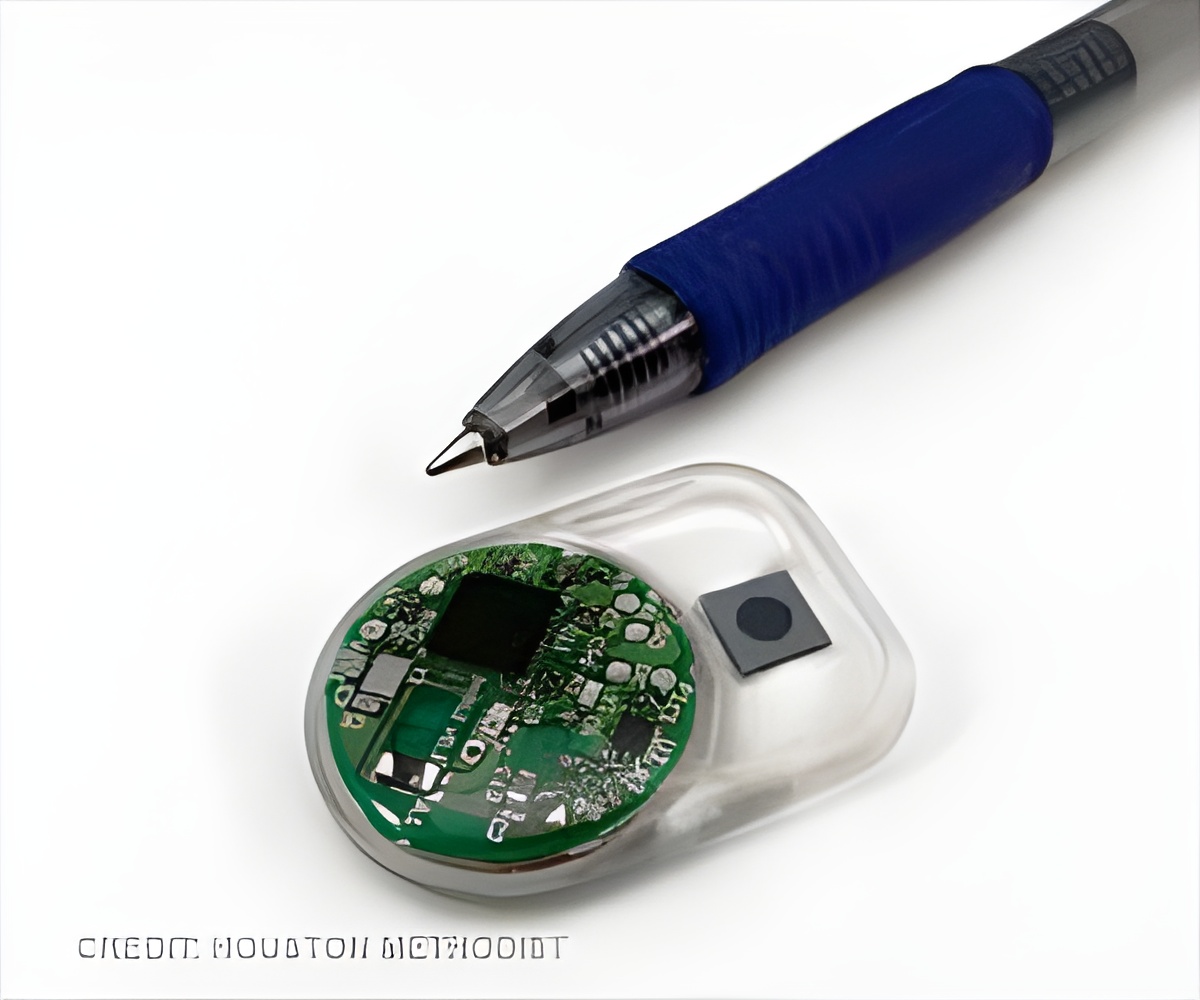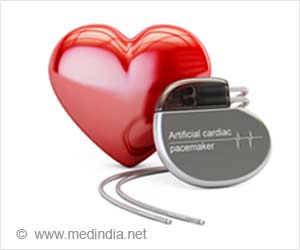New biodegradable circuit helps to release drug in a controlled manner in a specific location over several days to reduce pain in patients fitted with an orthopedic prosthetic.

‘New biodegradable implant helps to release controlled amounts of painkiller or anesthetic in a desired location inside the body. After that, the implant will degrade safely without requiring any further surgery to remove it.’
Read More..




Patients fitted with an orthopedic prosthetic commonly experience a period of intense pain after surgery. In an effort to control the pain, surgeons inject painkillers into the tissue during the operation. When that wears off a day or two later, the patients are given morphine through a catheter placed near the spine. Yet catheters are not particularly comfortable, and the drugs spread throughout the body, affecting all organs. Read More..
One capsule with several reservoirs
The electronic circuit - a resonant circuit in the shape of a small spiral - is just a few microns thick. When exposed to an alternating electromagnetic field, the spiral resonator produces an electric current that creates heat.
The researchers' end-goal is to pair the resonators with painkiller-filled capsules and then insert them into the tissue during surgery. The contents of the capsules could be released when an electromagnetic field sent from outside the body melts the capsule membrane.
"We're at a key stage in our project, because we can now fabricate resonators that work at different wavelengths," says Matthieu Rüegg, a PhD student and the study's lead author. "That means we can release the contents of the capsules individually by selecting different frequencies." The heat-and-release process should take less than a second.
Advertisement
The researchers had to get creative when it came time to manufacture their biodegradable resonators. "We immediately ruled out any fabrication process that involved contact with water, since magnesium dissolves in just a few seconds," says Rüegg. They ended up shaping the magnesium by depositing it on a substrate and then showering it with ions. "That gave us more flexibility in the design stage," he adds. They were eventually able to create some of the smallest magnesium resonators in the world: two microns thick, with a diameter of three millimeters.
Advertisement
Source-Eurekalert









